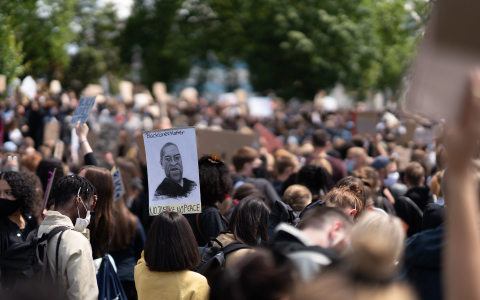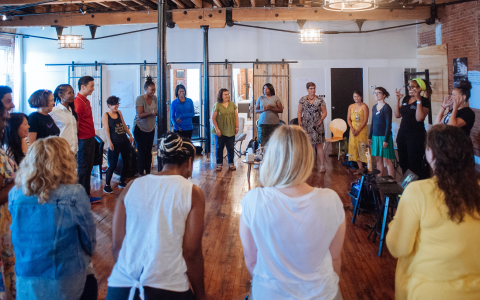
By learning from the racial injustice of our past, we can take steps to advance racial equity for our future.
On May 31 and June 1, 1921, a white mob flooded the Greenwood Distict in Tulsa, Oklahoma. In a matter of hours, they decimated Black Wall Street, one of the United States’ most prosperous Black communities. 100 years later, we see that the Tulsa Race Massacre was not just a singular instance, but a moment inextricably tied to systems that have devalued Black people and communities of color for centuries.
The Tulsa Race Massacre long went unwritten in mainstream narratives of United States history. Only in the last thirty years have Oklahoma officials and nationwide leaders begun to acknowledge and grapple with this painful chapter of our past, one that has continued to impact racial disparities in Tulsa and communities across the country.
As we commemorate the centennial of the Tulsa Race Massacre, we invite you to learn more about this significant event and what it can teach us about working towards more just and equitable societies today.
OPPORTUNITIES
- Greenwood Rising, a state-of-the-art history center in Tulsa’s Greenwood District honoring the legacy of Black Wall Street before and after the Tulsa Race Massacre.
- 1921 Tulsa Race Massacre Centennial Commission is hosting a number of commemoration events and initiatives.
BOOKS
- Black Wall Street 100: An American City Grapples With Its Historical Racial Trauma by Hannibal Johnson
- Death in a Promised Land: The Tulsa Race Riot of 1921 by Scott Ellsworth
- The Ground Breaking: An American City and Its Search for Justice by Scott Ellsworth
- Tulsa 1921: Reporting a Massacre by Randy Krehbiel
ARTICLES
- The Tulsa Race Massacre: A Century Later, the Fight for Racial Justice Persists by Stacy Schusterman
- Tulsa Race Massacre from History.com
MEDIA
- Tulsa Race Massacre – The Promised Land from the American History Tellers podcast
- A Reckoning in Tulsa from the Overheard at National Geographic podcast
- The Massacre of Tulsa's "Black Wall Street" from Vox

Racial Equity in America: Resources for Learning

Getting Started: The Racial Equity, Diversity and Inclusion Journey








